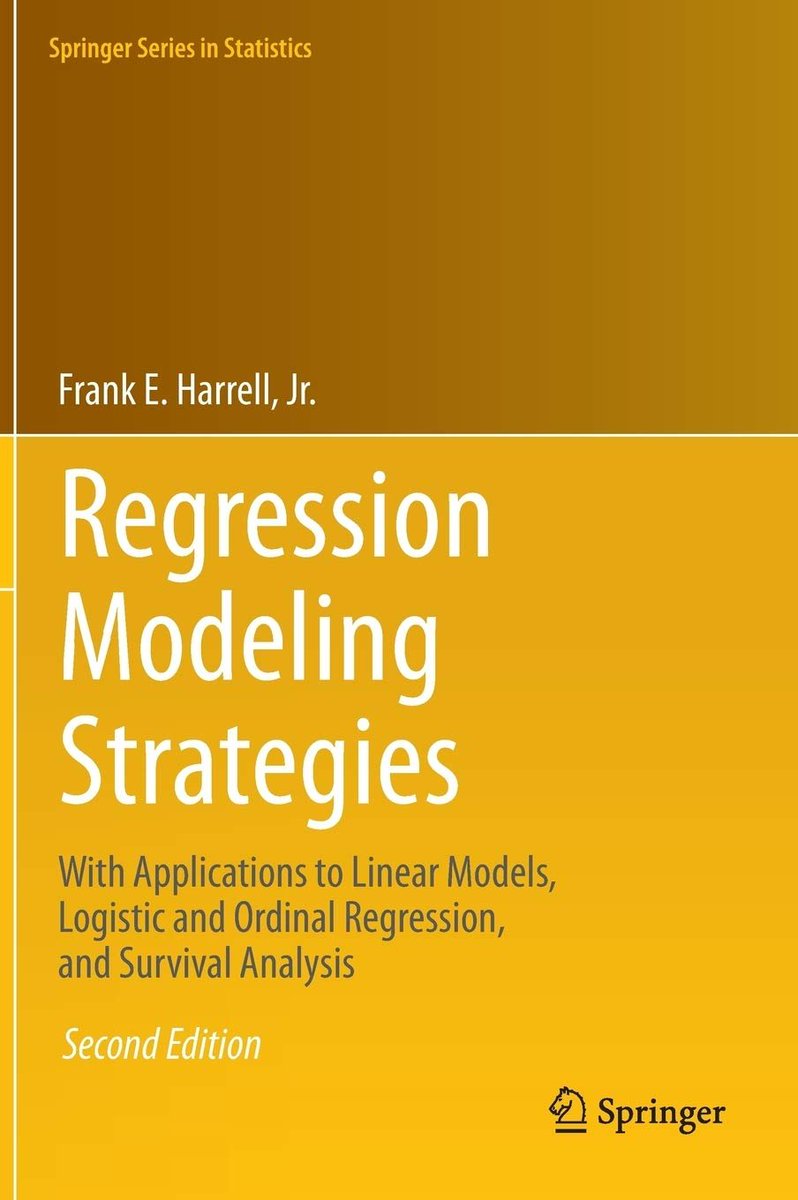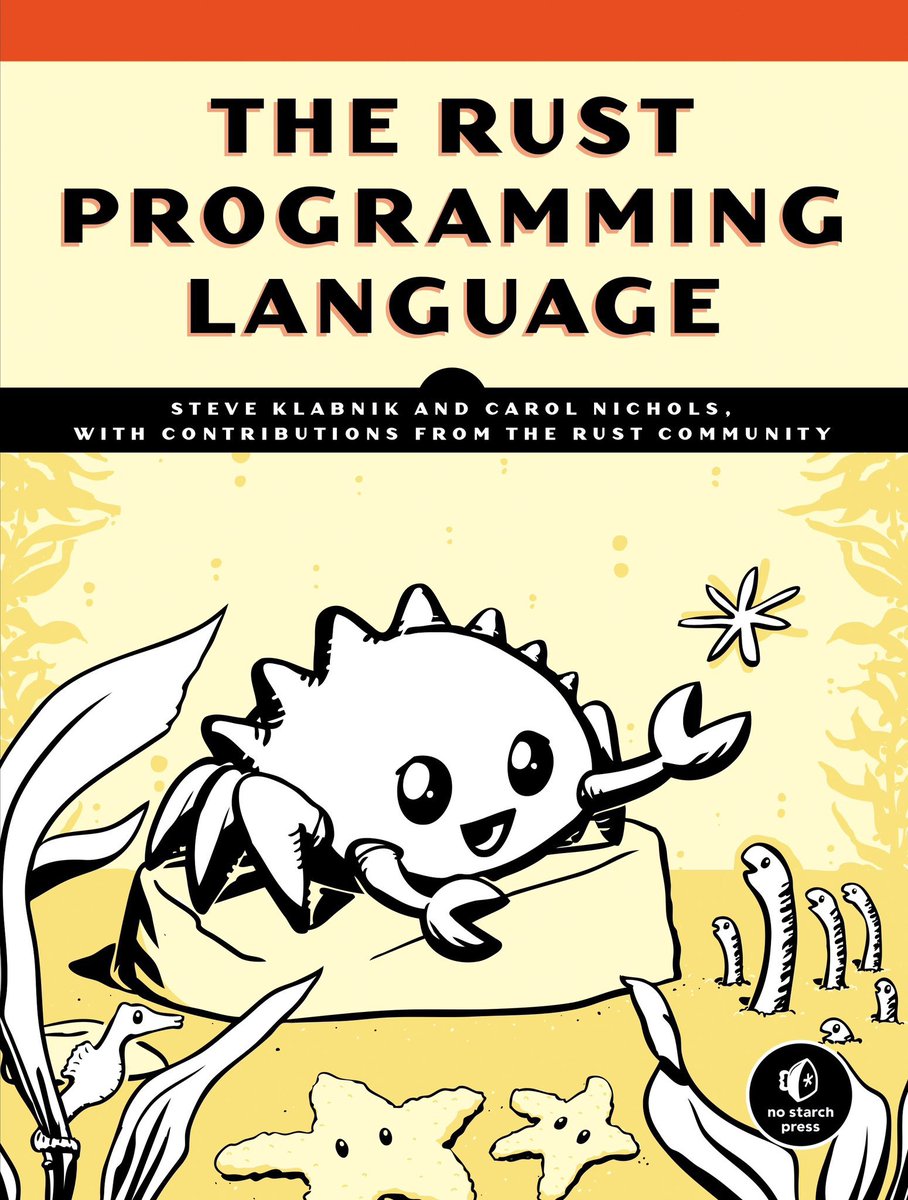A full thread of all my textbook recommendations.
There will be 3 sections. Research, Options, & Programming.
...
There will be 3 sections. Research, Options, & Programming.
...
1.
Machine Learning for Algorithmic Trading. Great read, but try not to go too deep into the machine learning path. The way they think about features as alphas in chapter 4 is a really good framework.
...
Machine Learning for Algorithmic Trading. Great read, but try not to go too deep into the machine learning path. The way they think about features as alphas in chapter 4 is a really good framework.
...
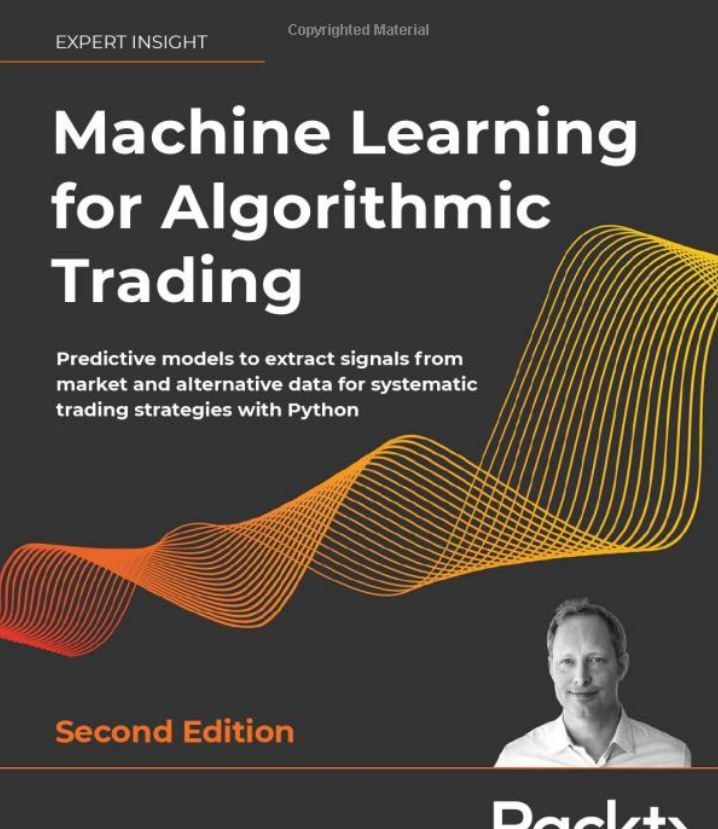
2.
This continues the mental framework used in ML4T and is a really good read. Worth pouring over.
…
This continues the mental framework used in ML4T and is a really good read. Worth pouring over.
…
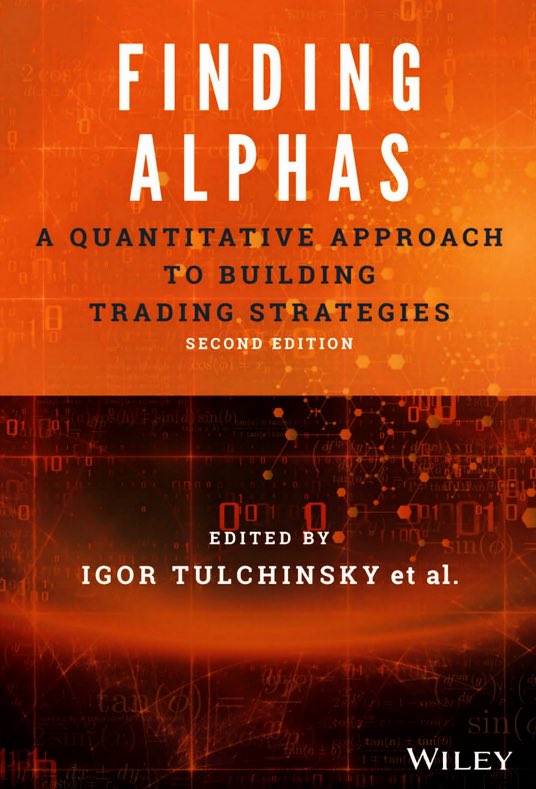
3.
This is a great one and I like the pipeline which is data -> alpha -> forecast (EV estimate) -> portfolio optimisation (trades) -> execution.
Portfolio optimisation chapter is brilliant.
…
This is a great one and I like the pipeline which is data -> alpha -> forecast (EV estimate) -> portfolio optimisation (trades) -> execution.
Portfolio optimisation chapter is brilliant.
…

4.
A bit of help on the execution side, but generally avoid mathematical models and focus on papers that are empirically focused. Meaningful results as well, not just “we observe autocorrelation with X p value” tf does that help me lol.
…
A bit of help on the execution side, but generally avoid mathematical models and focus on papers that are empirically focused. Meaningful results as well, not just “we observe autocorrelation with X p value” tf does that help me lol.
…

5.
This is basically the bible of statistics. Read it 3x.
If you are having trouble understanding it, there is a beginners version which includes code in R (generally more code / intuition vs. math / rigor)
Easy version:
statlearning.com
...
This is basically the bible of statistics. Read it 3x.
If you are having trouble understanding it, there is a beginners version which includes code in R (generally more code / intuition vs. math / rigor)
Easy version:
statlearning.com
...
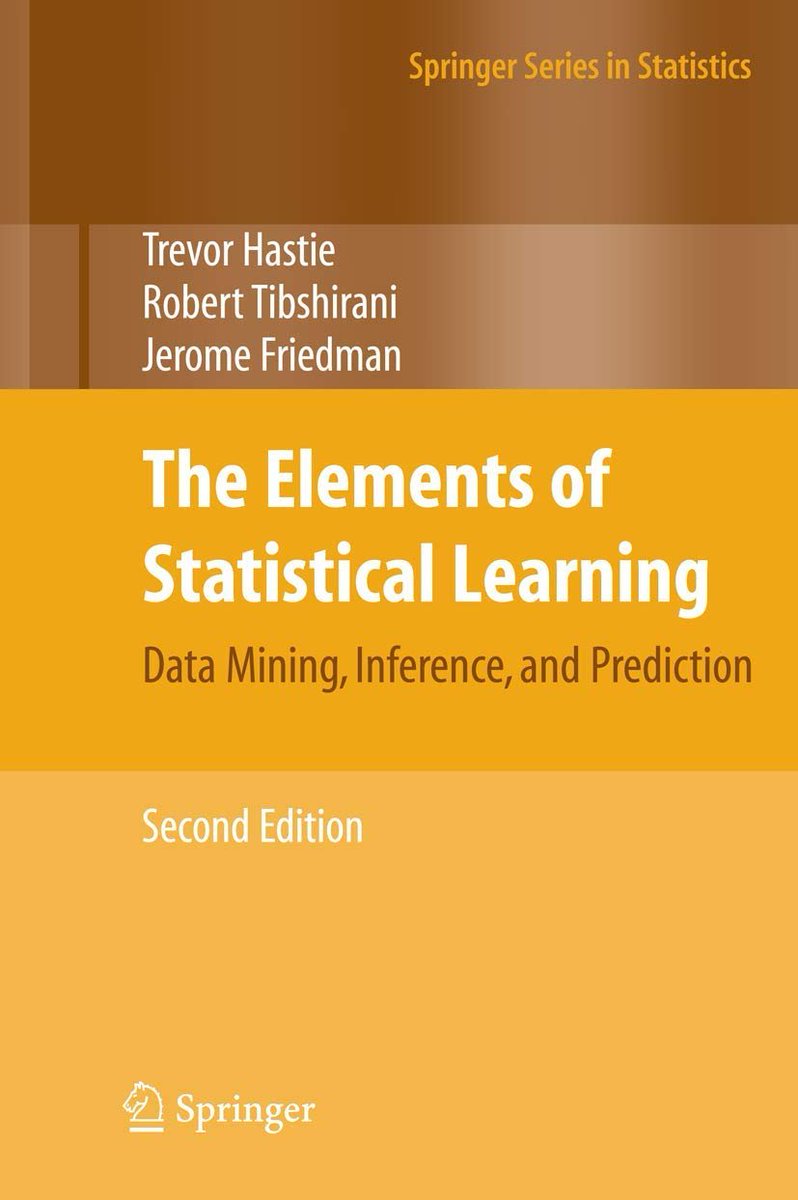
6.
This is really good and will help your understanding of modern strategies. Key building blocks for designing strategies in the future.
…
This is really good and will help your understanding of modern strategies. Key building blocks for designing strategies in the future.
…

7.
Another great one on the topic of trading strategies and getting ideas. I think all of the backtests shown are overfit to make them look better, but it is a good idea to get familiar with approaches / ideas to improve your own creative process.
quantstart.com/advanced-algor…
...
Another great one on the topic of trading strategies and getting ideas. I think all of the backtests shown are overfit to make them look better, but it is a good idea to get familiar with approaches / ideas to improve your own creative process.
quantstart.com/advanced-algor…
...
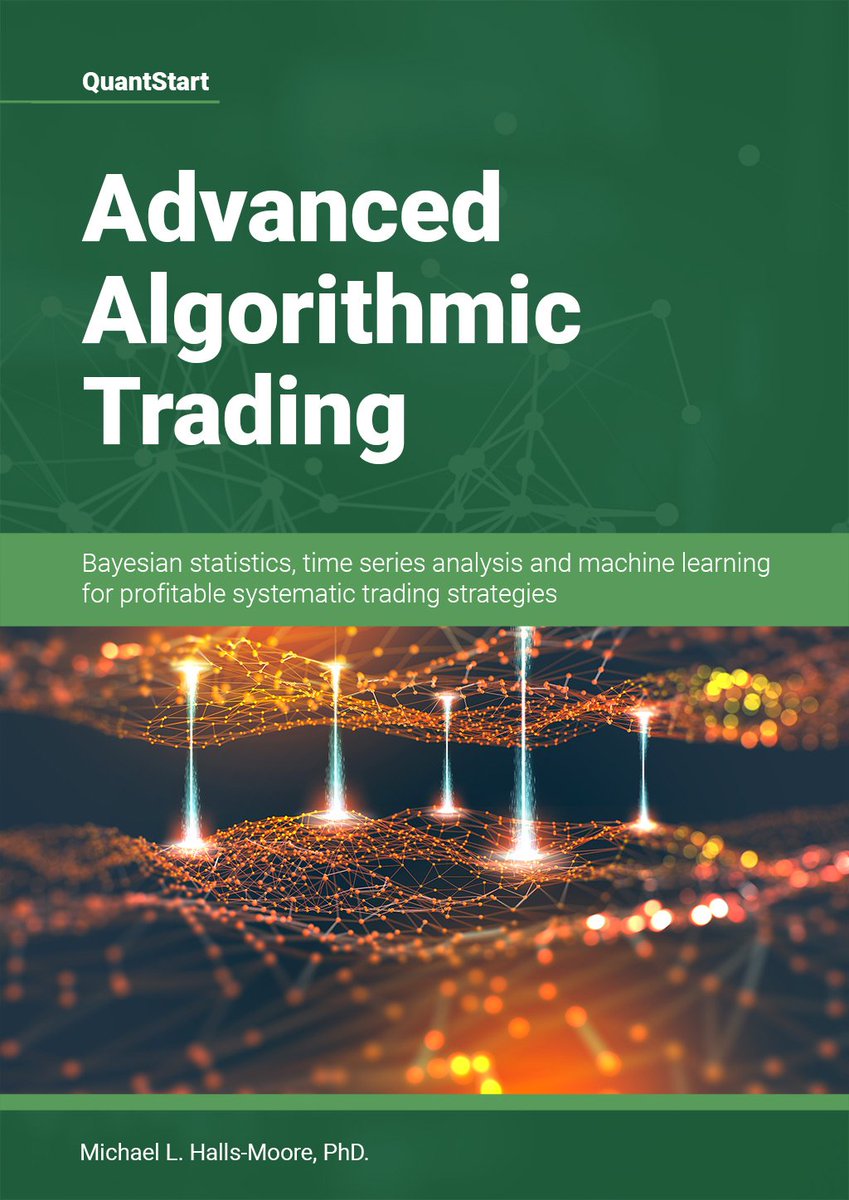
8.
Financial time series analysis. Some good methods, but I wouldn't get too attached to these ideas as a gold standard. Many of them are a bit too simple or assume too much. Robust methods do provide valuable info tho.
...
Financial time series analysis. Some good methods, but I wouldn't get too attached to these ideas as a gold standard. Many of them are a bit too simple or assume too much. Robust methods do provide valuable info tho.
...

9.
Maybe I just really like Bayesian approaches, but I think everyone should be familiar. James V Stone has a brilliant introduction textbook (in addition to this) for bayes which is designed for basically 14 year olds - can't get confused.
...
Maybe I just really like Bayesian approaches, but I think everyone should be familiar. James V Stone has a brilliant introduction textbook (in addition to this) for bayes which is designed for basically 14 year olds - can't get confused.
...

10.
Stealing this one from @Vertox_DF but it's really good to get exposure from other areas of statistical modelling.
...
Stealing this one from @Vertox_DF but it's really good to get exposure from other areas of statistical modelling.
...

11.
This one has a lot of hype, but it also has a lot of generally good advice for backtesting / data cleaning. Avoid the bs quantum computing, but all round should be on everyone's bookshelf.
..
This one has a lot of hype, but it also has a lot of generally good advice for backtesting / data cleaning. Avoid the bs quantum computing, but all round should be on everyone's bookshelf.
..

12.
This is another one like the DSP textbook that is a bit more optional. I find a lot of value in these methods / understanding how other fields approach these problems. This one is certainly very interesting and one of my favorites.
...
This is another one like the DSP textbook that is a bit more optional. I find a lot of value in these methods / understanding how other fields approach these problems. This one is certainly very interesting and one of my favorites.
...
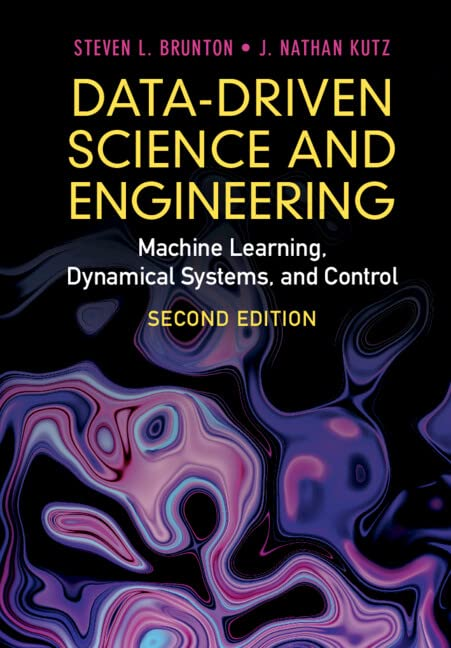
13.
Having a deep intuition of what your linear regression is telling you is important. Read this and also apply it with kaggle / a wide variety of datasets.
…
Having a deep intuition of what your linear regression is telling you is important. Read this and also apply it with kaggle / a wide variety of datasets.
…

15.
Last textbook in the research section. Convex optimization should be in everyone's toolbox. If you want to take it further I've added a second bonus one (Handbook on semidefinite...) which goes a bit deeper.
...

Last textbook in the research section. Convex optimization should be in everyone's toolbox. If you want to take it further I've added a second bonus one (Handbook on semidefinite...) which goes a bit deeper.
...
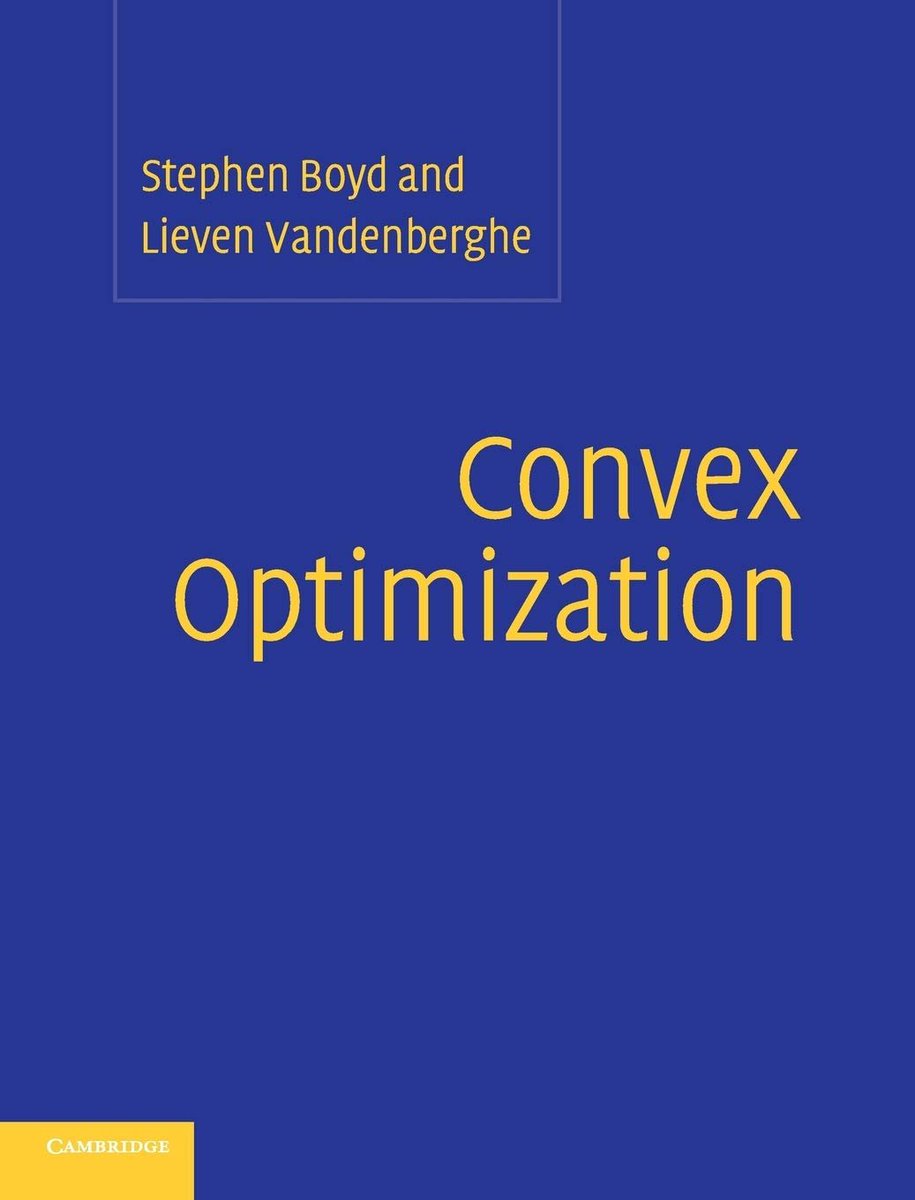
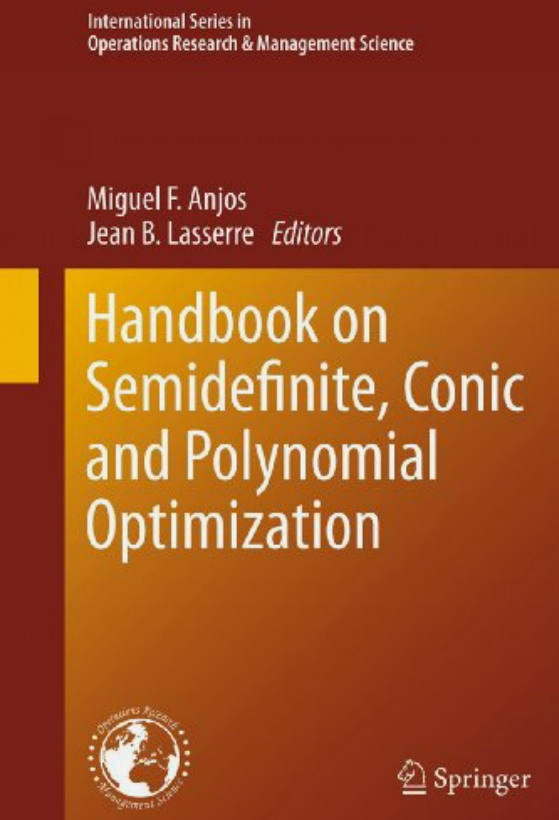
16.
For the options section I'm just going to list them.
Hull - Options Futures & Other Derivatives
All 3 of Euan Sinclairs Textbooks esp. positional option trading
Trading Volatility - colin bennett
natenberg option volatility and pricing
...
For the options section I'm just going to list them.
Hull - Options Futures & Other Derivatives
All 3 of Euan Sinclairs Textbooks esp. positional option trading
Trading Volatility - colin bennett
natenberg option volatility and pricing
...
The Volatility Surface: A Practitioner's Guide - Gatherall
Trading Options Greeks: How Time, Volatility, and Other Pricing Factors Drive Profits
...
Trading Options Greeks: How Time, Volatility, and Other Pricing Factors Drive Profits
...
Honestly, I should just concede defeat for options resources because we all know @KrisAbdelmessih has the best resource list:
moontowerquant.com/select-content…
AND
notion.moontowermeta.com/welcome-travel…
...
moontowerquant.com/select-content…
AND
notion.moontowermeta.com/welcome-travel…
...
18.
Another really good one, even if you are using Rust it is still great to practice these questions / the ideas transfer over.
...
Another really good one, even if you are using Rust it is still great to practice these questions / the ideas transfer over.
...
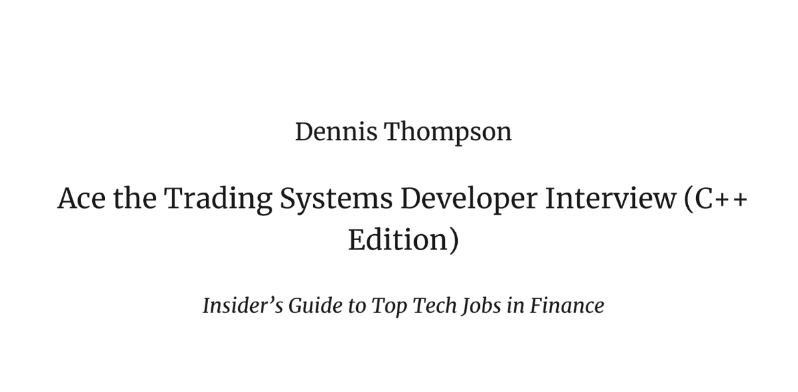
20.
I would also recommend getting good at networks / web programming if you want to deal with these exchange APIs.
...

I would also recommend getting good at networks / web programming if you want to deal with these exchange APIs.
...


21.
Data Structures and Algorithms in Rust
AND
Rust High Performance
are great reads to boost the quality of your Rust code / nail some easy ways to improve speed.
...
Data Structures and Algorithms in Rust
AND
Rust High Performance
are great reads to boost the quality of your Rust code / nail some easy ways to improve speed.
...
22.
This is really good, but also read all of his blog articles on medium / on his website.
sissoftwarefactory.com/blog/
...
This is really good, but also read all of his blog articles on medium / on his website.
sissoftwarefactory.com/blog/
...

I'm sure I could go on for a while with programming textbooks, but I'll leave it there. You won't get good at any of these just off textbooks. Implement it, talk about it, write notes, come up with your own ideas, and watch videos / podcasts / other media sources.
..
..
I recommend checking out @Vertox_DF's pinned tweet, where he gives some videos / where I've stolen a couple textbooks from :)
I'd also like to note that there is a TON of valuable info in podcasts.
Flirting with Models - Corey Hoffstein I've listened to every episode
...
I'd also like to note that there is a TON of valuable info in podcasts.
Flirting with Models - Corey Hoffstein I've listened to every episode
...
some of the episodes I've listened to 6/7x (because I was implementing one of them, but they're really good).
I've also got a podcast worth checking out and a few other accounts like @worstcontrarian, @therobotjames, and @IDrawCharts have great podcasts or blogs.
...
I've also got a podcast worth checking out and a few other accounts like @worstcontrarian, @therobotjames, and @IDrawCharts have great podcasts or blogs.
...
Get excited about ideas. Test them out. Try to have a long running research topic / project you can truly dive deep into.
You won't get that far skimming textbooks and doing basic "toy" implementations. Try to make a few real projects where you are accomplishing smth
...
You won't get that far skimming textbooks and doing basic "toy" implementations. Try to make a few real projects where you are accomplishing smth
...
not just implementing a tutorial / simple strategy that no one would ever use in reality.
That's all folks.
That's all folks.
*My podcast in case anyone wants to check it out:
https://twitter.com/quant_arb/status/1648349776985858050?s=20
Oh, and because I don't want anyone getting these textbooks for free, make sure to stay away from:
libgen.is
You could accidentally pirate the PDF when you really should just buy the physical textbook ;)
libgen.is
You could accidentally pirate the PDF when you really should just buy the physical textbook ;)
• • •
Missing some Tweet in this thread? You can try to
force a refresh

